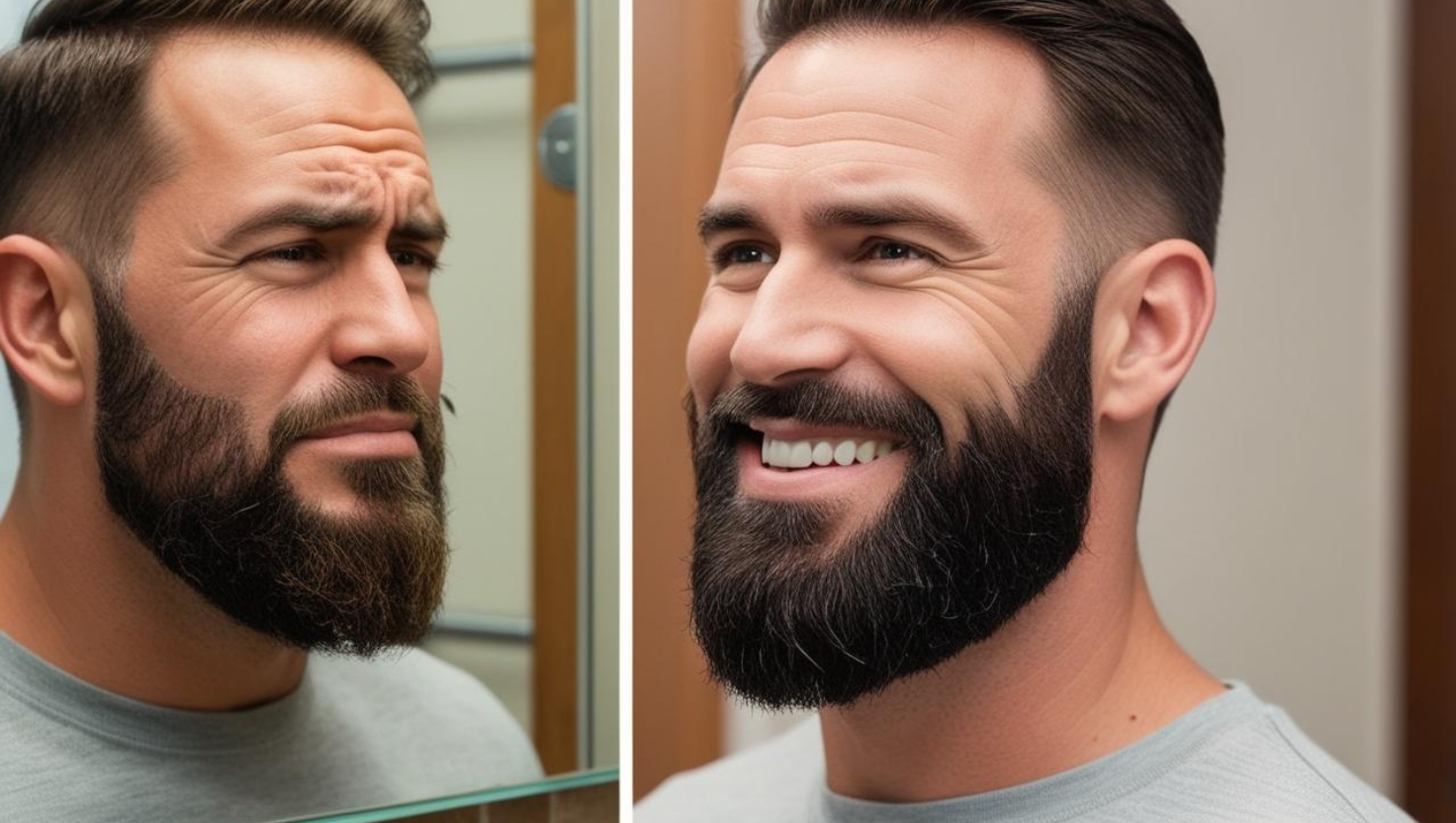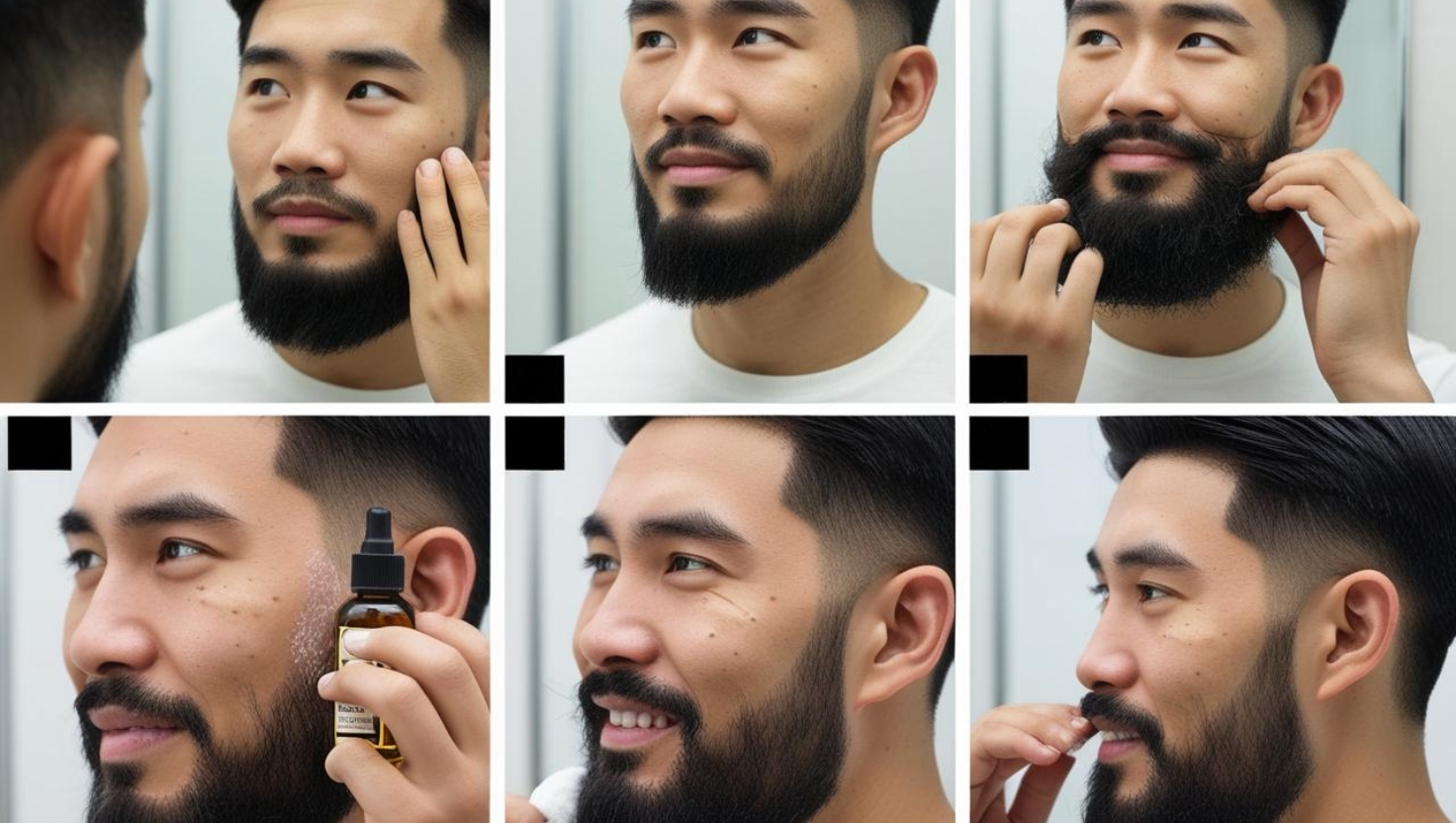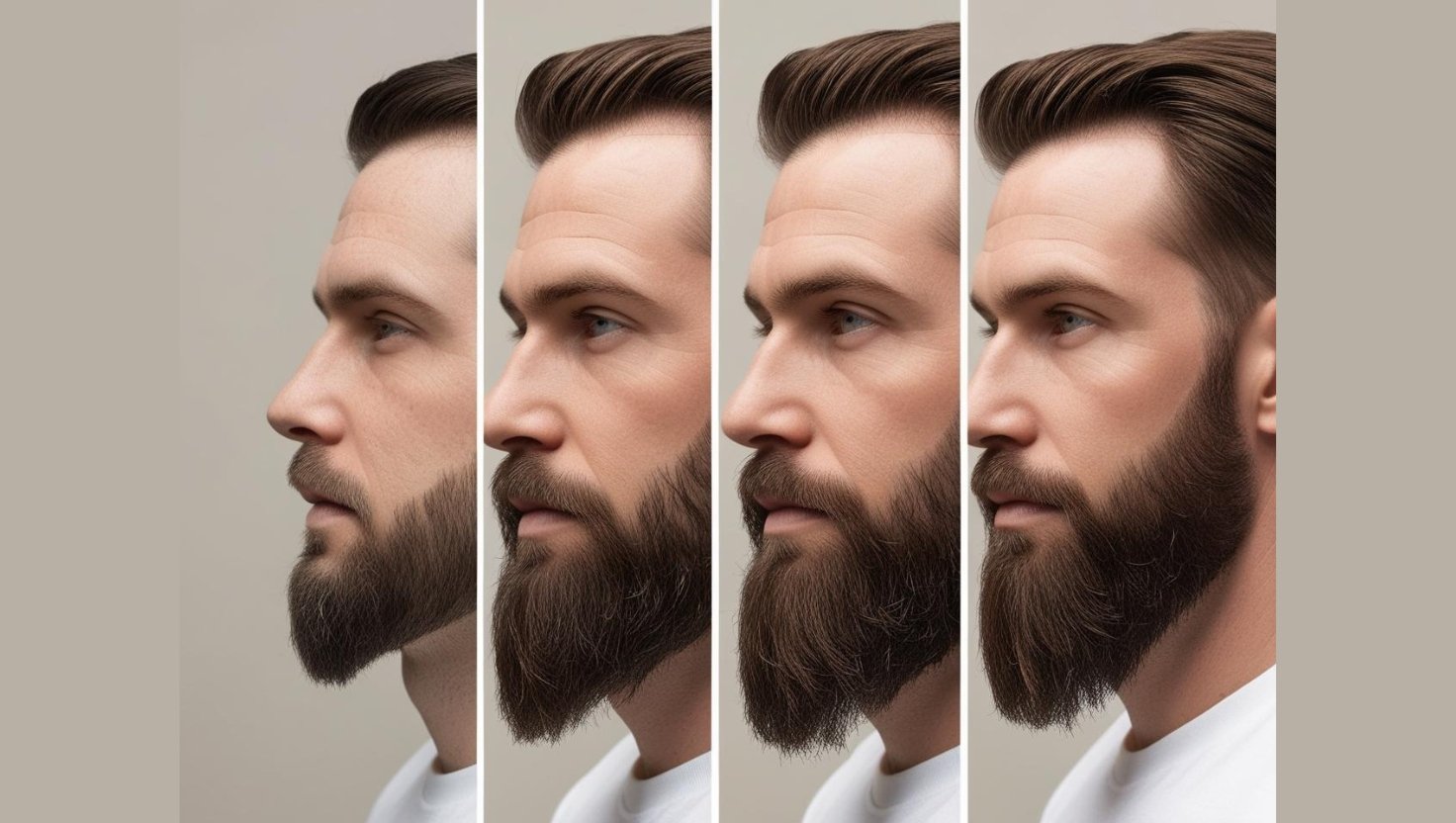Have you ever wondered how long it takes to grow a beard that you can be truly proud of? Embarking on the journey of beard growth is as much about patience and care as it is about genetics and personal goals. While it might seem like simply putting down the razor, nurturing a beard requires a bit more consideration and understanding.

Understanding Beard Growth
No two beards grow quite the same. Your beard growth journey is influenced by a combination of factors, including genetics, age, and overall health. Understanding these influences helps set realistic expectations.
The Role of Genetics
Just like hair color or height, genetic makeup significantly affects the way a beard grows. If men in your family tend to sport full beards, it’s likely you have the genetic disposition for rapid and thick growth. Conversely, if sparse facial hair is common in your family, then you might have a longer journey ahead.
Age and Hormones
Typically, beard growth begins during puberty when testosterone levels rise, causing facial hair to develop. As you move into your late twenties and early thirties, your beard is likely to reach its full potential. Hormones fluctuate over time, and factors like stress can impact their levels, thereby influencing your beard’s progress.
Health and Lifestyle
Your beard’s health is a reflection of your overall well-being. An unhealthy lifestyle could slow down growth or lead to patchiness. Prioritizing nutrition, exercise, and skincare helps ensure that your body is in the right state to support facial hair growth.
Stages of Beard Growth
Having a sense of the general stages of beard growth can prevent unnecessary doubts or premature frustrations.
First Month: Stubble Stage
After putting down the razor, the first few weeks involve stubble. This stage is characterized by short, prickly hair that might cause itchiness. Resist the temptation to scratch excessively or trim too quickly, as this could hinder the foundational process.
Two to Three Months: The Filling Phase
Between the second and third month, a more prominent pattern begins to emerge as the beard fills in. During this phase, you might notice uneven growth. Don’t fret; patches will often resolve themselves with time.
Four to Six Months: The Defining Stage
By the four-to-six-month mark, your beard starts to take on a definitive character. This stage allows you to experiment with different beard oils and balms to help condition the hair and skin underneath, making them softer and more manageable.
Beyond Six Months: The Long Beard
If you choose to continue growing your beard beyond six months, you enter into a long-beard territory where frequent trimming and maintenance are required to avoid split ends and keep the beard shape tidy.
Factors Influencing Growth Rate
While the general timeline applies to most, several individual factors can speed up or slow down your specific beard growth.
Nutrition
Consuming a balanced diet rich in vitamins such as B-vitamins (particularly Biotin), vitamin D, and zinc supports hair health. Protein, a crucial macronutrient, also plays a pivotal role as it offers the building blocks needed for new hair cell production.
Stress and Sleep
Chronic stress can result in elevated levels of cortisol, which might impair testosterone production, a vital component for beard growth. Similarly, poor sleep patterns disrupt the body’s recovery processes, limiting the efficacy of growth-promoting hormones.
Skincare Routine
Keeping the skin under your beard healthy is essential for growth. Regular cleansing and exfoliation remove dead skin cells and unclog pores, which might hinder hair growth. Hydrating regularly with a moisturizer suitable for facial hair can double as a skin conditioner.
Common Problems and Solutions
It’s normal to face a few hurdles during your beard-growing journey. Here’s how to tackle some of the most common issues:
Patchy Growth
For those with patchy beards, patience and nurturing care are key. In some cases, trimmed styles that take advantage of fuller areas can work to create an appealing look.
Itchiness and Dryness
Itchiness usually arises from dry skin or ingrown hairs. Applying beard oil can alleviate these symptoms and provide necessary moisture to both hair and skin.
Beard Dandruff
Beard dandruff, or ‘beardruff,’ results from flakiness of the skin underneath the beard. Regular washing, exfoliating, and moisturizing help keep dandruff at bay.

Setting Realistic Expectations
By now, you should know that beard growth isn’t an overnight process. Here’s what a commitment to your beard journey might look like in terms of timeframes:
| Length of Time | Expected Growth and Maintenance |
|---|---|
| First few weeks | Stubble and initial itchiness; avoid trimming or shaping too soon. |
| 2 – 3 months | Beard starts taking shape; patchiness may become noticeable. |
| 4 – 6 months | A more defined look; frequent conditioning and trimming necessary. |
| Beyond 6 months | Long beard care; involves trimming and managing split ends. |
Tips for a Rewarding Beard Journey
Achieving your beard goals often requires more than simply letting your facial hair grow. Here are a few tips to enhance your journey:
Consistent Grooming
Even in the early stages, regular grooming is beneficial. Taming stray hairs and keeping your beard clean can prevent many issues down the line.
Knowing When to Trim
Learning how to properly trim your beard keeps it healthy and manageable, preserving its appearance without sacrificing length unnecessarily.
Professional Assistance
Barbers specializing in beard care can offer advice tailored to your unique facial hair characteristics. Professionally guided trims can aid significantly in maintaining shape and health.
Staying Committed
The temptation to revert to a clean shave may occur but remember why you started your beard journey. Keeping your final goal in mind can help maintain determination during challenging phases.

Conclusion
Growing a beard requires more commitment and understanding than you might expect at first glance. From genetics and hormones to health and skincare, various factors come into play in shaping your facial hair journey. It is a process that demands patience and care, but the results often reflect the effort put forth. By setting realistic expectations and following a thoughtful grooming process, you can cultivate facial hair that becomes a hallmark of your personal style.

